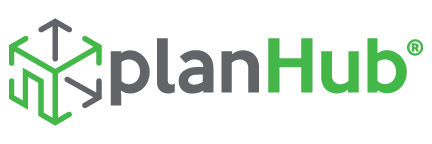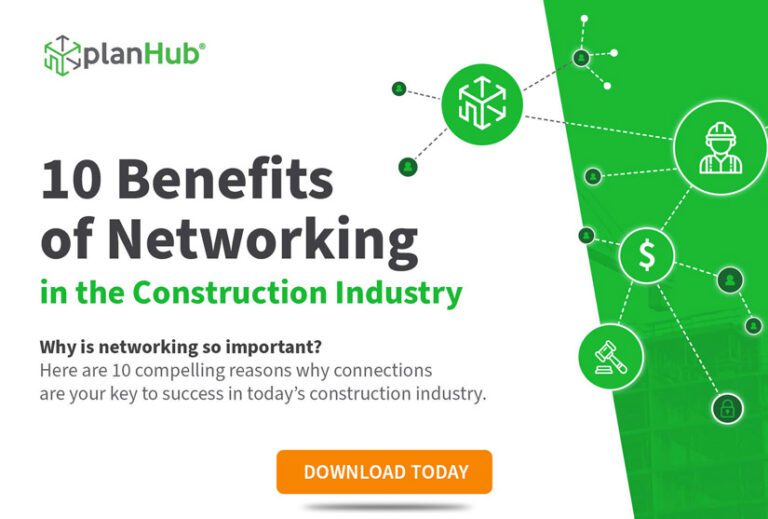If you’re working on your first prevailing wage project, or just need some information, we’ve got answers to some of the most common questions regarding prevailing wage.
What is prevailing wage?
Prevailing wage is a general term that applies to federal and state-funded construction projects that have required minimum wages and benefits for workers. In federal projects, it’s often referred to as Davis-Bacon, which is the name of the law that started the program. For state and local projects, it’s often referred to as just prevailing wage. Some states have their own names for it based on the laws passed there.
Prevailing wage laws generally state that workers on construction projects funded by government dollars cannot be paid less than the stated wage and benefit amounts. If the contractor doesn’t normally pay their workers the stated amounts, they must temporarily increase their wages while they’re working on the project. The same goes for benefits.
The purpose of prevailing wage laws is to ensure that workers receive a living wage and to even the playing field between union and nonunion contractors. Prevailing wage rates are generally based on union wages in the same area as the project.
What is certified payroll?
Certified payroll is the reporting that is turned in to show that workers were paid at least the amount listed in the prevailing wage rates. There are standard forms that are used to show which workers were on site each week, how many hours they work, and how much they were paid in wages and benefits. The forms must be signed by someone with knowledge of the amount paid to each worker, to certify that the report is true.
These reports are turned in to the project owner on a weekly basis and are reviewed to ensure that proper wages are being paid. The penalties for not turning in a report or falsifying information include debarment from public works projects, paying back pay, and fines.
Who gets paid prevailing wage?
All construction workers who work on a federal or state-funded public works project are paid prevailing wage rates. If a laborer works at a shop fabricating material for a public works project, the worker does not get paid prevailing wage, because they are not on site. Truck drivers who drop off deliveries to prevailing wage projects, generally do not get paid prevailing wages either.
Other exempt workers include supervisors, company executives, administrative staff, and project managers.
When do prevailing wages apply?
Prevailing wages are paid on any construction project that is funded by the federal government, state government, and sometimes local government. If even a portion of the funding for a project comes from a government source, the project will be prevailing wage. The end customer may not be a government entity, but what counts is where the funding comes from.
Where do I find prevailing wage rates?
Prevailing wage rates for federal projects are given to contractors by the federal government entity that is funding the project. Wage rates are dependent on the date the project bids and the location of the project.
State prevailing wage projects use a similar system to determine wage rates. Often the information is included in the bid package, or you may download it from the state prevailing wage website. Rates are based on bid dates and the location of the project.
How to look up prevailing wage rates
The first step to determining how much a worker gets paid is to determine what type of work the worker is doing. You’ll use that information to find the classification for that worker. For example, there are several types of laborers in the prevailing wage rate book. Review the classification description to determine which type of labor your worker falls under.
Once you’ve determined the classification of the worker, you’ll need to find the proper rate depending on the location of the project. State prevailing wage information is often broken down by county or by proximity to a nearby city. Once you’ve found the classification and proper location, you’ll find the base wage rate and benefits that need to be paid to the worker. You must ensure that each worker gets paid at least the sum of the base wage rate and benefit amount.
What if we don’t offer benefits?
If your company doesn’t offer benefits, or the amount you offer is less than what’s listed in the wage rate book, you must pay your workers the balance in cash. For example, if the wage rate for a plumber is $55 and benefits are $12 per hour, and you only offer $5 worth of benefits, you must pay the additional $7 in the employees’ wages. The total of the wages and benefits you pay the plumber needs to be at least $67. If not, you have to pay the difference in cash.
How are overtime rates calculated?
If a worker is working in only one labor classification, then overtime rates are 1.5 times the wage rate plus benefits. Note that the benefits are not multiplied by 1.5. Going back to the plumber example above, the overtime wage rate would be $82.50 plus benefits of $12 an hour.
However, if a worker works in multiple labor classifications with different wage and benefit rates, then overtime must be calculated based on a weighted average. The weighted average considers which classification the worker was doing the most of and weights the overtime rate accordingly. For example, let’s say our plumber did 25 hours of plumbing work and 25 hours of laborer work in the same week. The 10 overtime hours for the week will need to be half at the plumbing rates and half at the laborer rate because the worker spent half the time doing each. If the worker did 20 hours of plumbing work and 30 hours of laborer work, then their overtime would be split 40% plumbing and 60% laborer.
Knowing the details of prevailing wage can help ensure you’re being compensated fairly and consistently when you work on the projects that employ it.



